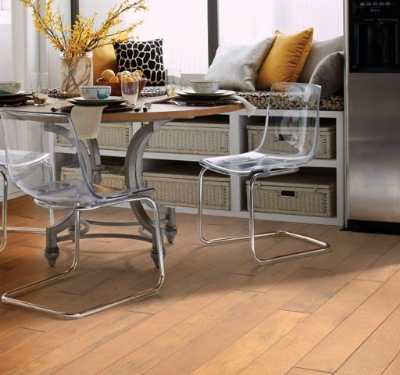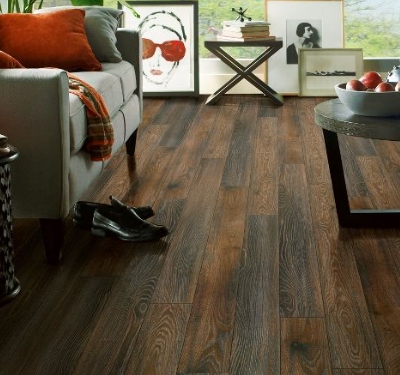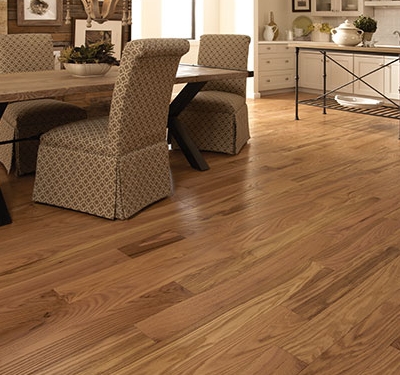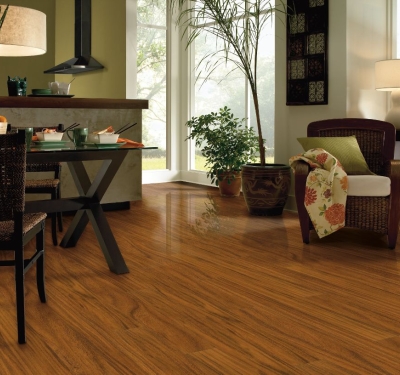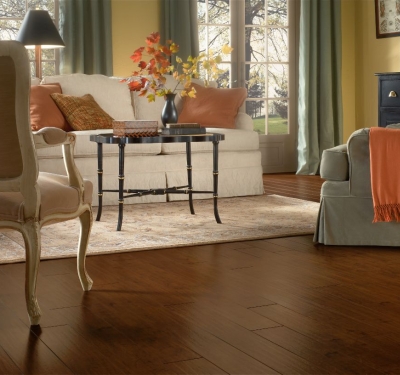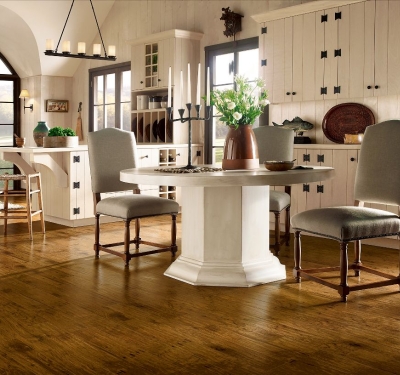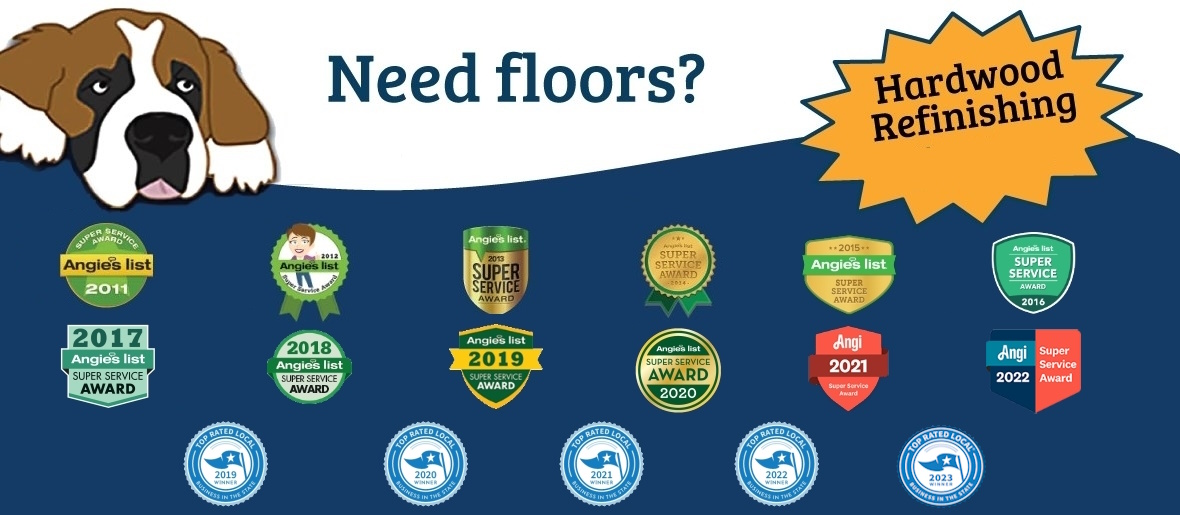Fort Collins, Colorado
Whether you want hardwood or laminate flooring, Jade Floors has the materials and the installers you need. Based in Fort Collins, Colorado, Jade Floors offers hardwood and laminate flooring at the lowest cost in the business. You can’t go wrong by choosing the floor experts at Jade Floors.
Hardwood flooring comes in an impressive number of styles. Properly installed, hardwood flooring will bring beauty and warmth to your home or business. Hardwood flooring is a wise financial investment and your loved ones will thank you for it. Hardwood truly is an excellent choice.
Laminate flooring is also an excellent choice for homes or businesses with heavy foot traffic. Sometimes laminate flooring is better than hardwood flooring because laminate flooring is hard to scratch and even harder to stain. For busy mothers, laminate flooring can often be a blessing.
Contact Jade Floors today to learn more about hardwood and laminate flooring. We’ve been in business since 1988 and will help you make an informed decision on which type of flooring is best for you. And with Jade Floors you always get the best price in the business.
 Call us today for a free hardwood floor or laminate flooring estimate in Fort Collins, Colorado. We look forward to exceeding your expectations.
Call us today for a free hardwood floor or laminate flooring estimate in Fort Collins, Colorado. We look forward to exceeding your expectations.
970-226-5233
Huge Selection Of Laminate & Hardwood Flooring To Choose From
Q: New hardwood floors cost how much?
A. Even though hardwood floors/hardwood flooring is one of the most expensive flooring options it is of my opinion that is also one of the longest lasting floors so it is well worth the money, not to mention the character it adds to any home. The type of hardwood flooring you choose will determine the cost of your new hardwood floors .You can expect to spend between $4.00 and $15.00 per sq foot depending on the type of hardwood floor you would like and the width of your new hardwood floor. I recommend staying away from the thinner profiles of hardwood floors such as 5/16″ engineered hardwood flooring just because their is not enough financial savings($3.00 per sq. foot) to justify the sub par product you will be getting. You can expect to spend about $3.00 per sq foot for pre-finished hardwood flooring (highly recommended) and up to $6.50 per sq. ft. for site finished hardwood floors. Keep in mind that these prices are based on Fort Collins hardwood flooring prices and not Dallas or Baton Rouge prices.
Q: Should I be looking for certain types of hardwood flooring because I have children and pets?
 A. For your info their is a lot of hardwood flooring options out there. With red oak being the most popular. it is a pretty durable hardwood floor. Some of the more dent resistant hardwood floor options such as maple hardwood, Brazilian cherry hardwood, and my personal favorite acacia hardwood flooring will still scratch just as easily as a birch or even the most popular hardwood flooring oak. The reason being is it is usually not the hardwood floor that is being scratched but the finish on the hardwood floor. For me personally I would go with the look I want and the floor that fits into my budget and realize that given time my hardwood floors are going to develop their own character.
A. For your info their is a lot of hardwood flooring options out there. With red oak being the most popular. it is a pretty durable hardwood floor. Some of the more dent resistant hardwood floor options such as maple hardwood, Brazilian cherry hardwood, and my personal favorite acacia hardwood flooring will still scratch just as easily as a birch or even the most popular hardwood flooring oak. The reason being is it is usually not the hardwood floor that is being scratched but the finish on the hardwood floor. For me personally I would go with the look I want and the floor that fits into my budget and realize that given time my hardwood floors are going to develop their own character.
Q: Should I be concerned about room temperature or humidity?
A. Here in Colorado we are not as concerned about humidity (I would not worry about temperature) as other parts of the country i.e…east coast, southern states upper great lakes area. Keep in mind that your new hardwood floors will expand and contract with humidity changes, usually in the winter and spring. A whole house humidifier can help minimize this but do not expect it to eliminate it entirely.
Q: Why should I be concerned about the jenga , junka, or what ever test?
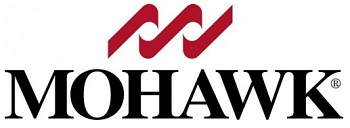 A. From Wikipedia, the free encyclopedia
A. From Wikipedia, the free encyclopedia
The Janka hardness test measures the resistance of a type of wood to withstand denting and wear. It measures the force required to embed an 11.28 mm (0.444 in) steel ball into wood to half the ball’s diameter. This method leaves an indentation. A common use of Janka hardness ratings is to determine whether a species is suitable for use as flooring.
The hardness of wood varies with the direction of the wood grain. Testing on the surface of a plank, perpendicular to the grain, is said to be of “side hardness.” Testing the cut surface of a stump is called a test of “end hardness.”
The results are stated in various ways, which can lead to confusion, especially when the name of the actual units employed is often not attached. In the United States, the measurement is in pounds-force (lbf). In Sweden it is in kilograms-force (kgf), and in Australia, either in newtons (N) or kilonewtons (kN). Sometimes the results are treated as units, for example “660 Janka”.
To convert pound-force (lbf) units to newtons N multiply pound-force by 0.45359237 then multiply by 9.80665 (1 standard g in units of m/s2). Janka hardness N = (lbf × 0.45359237) × 9.80665 OR multiply by 4.4482216152605. To get lbf from N, multiply N by 0.224808943099736.
The Janka Hardness test below is done in accordance with ASTM D 1037-7 testing methods. Material stocks ranges from 1″ to 2″ thick. (Numbers are an average. Testing is done on samples, not flooring that is already in place.) There is a standard deviation, but these numbers are not published. Other factors affect how flooring performs: type of core (for engineered flooring), grain direction and thickness floor or top wear surface.
| Wood Flooring Species | Janka Hardness (lbs-force) |
| Lignum vitae / Guayacan / Pockenholz | 4500 |
| Patagonian Rosewood / Curupay / Angico Preto / Piptadenia Macrocarpa / Brazilian Tiger Mahogany | 3840 |
| Brazilian Ebony | 3692 |
| Ipê / “Brazilian Walnut” / Lapacho | 3684 |
| African Pearlwood / Moabi Sometimes: Brazilian Cherry “Lite” | 3680 |
| Bolivian Cherry | 3650 |
| Lapacho | 3640 |
| Cumaru / “Brazilian Teak” sometimes: “Brazilian Chestnut,” “Tiete Chestnut,” “South American Chestnut,” “Southern Chestnut” | 3540 |
| Ebony | 3220 |
| Brazilian Redwood / Paraju / Massaranduba | 3190 |
| Yvyraro | 3040 |
| Stranded/woven bamboo | 3000 |
| Bloodwood | 2900 |
| Red Mahogany, Turpentine | 2697 |
| “Southern Chestnut” | 2670 |
| Spotted Gum | 2473 |
| Brazilian Cherry / Jatoba | 2350 |
| Mesquite | 2345 |
| “Golden Teak” | 2330 |
| Santos Mahogany, Bocote, Cabreuva, Honduran Rosewood | 2200 |
| Pradoo | 2170 |
| Brazilian Koa | 2160 |
| Sucupira sometimes “Brazilian Chestnut” or “Tiete Chestnut” | 2140 |
| Brushbox | 2135 |
| Karri | 2030 |
| Sydney Blue Gum | 2023 |
| Bubinga | 1980 |
| Cameron [disambiguation needed] | 1940 |
| Tallowwood | 1933 |
| Merbau | 1925 |
| Amendoim | 1912 |
| Jarrah | 1910 |
| Purpleheart | 1860 |
| Goncalo Alves / Tigerwood [disambiguation needed] | 1850 |
| Hickory / Pecan, Satinwood[disambiguation needed] | 1820 |
| Afzelia / Doussie / Australian Wormy Chestnut | 1810 |
| Bangkirai | 1798 |
| Rosewood | 1780 |
| African Padauk | 1725 |
| Blackwood | 1720 |
| Merbau | 1712 |
| Kempas | 1710 |
| Black Locust | 1700 |
| Highland Beech | 1686 |
| Wenge, Red Pine | 1630 |
| Tualang | 1624 |
| Zebrawood | 1575 |
| True Pine, Timborana | 1570 |
| Peroba | 1557 |
| Sapele / Sapelli, Kupa’y | 1510 |
| Curupixa | 1490 |
| Sweet Birch | 1470 |
| Hard Maple / Sugar Maple | 1450 |
| Caribbean Walnut | 1390 |
| Coffee Bean | 1390 |
| Natural Bamboo (represents one species) | 1380 |
| Australian Cypress | 1375 |
| White Oak | 1360 |
| Tasmanian Oak | 1350 |
| Ribbon Gum | 1349 |
| Ash (White) | 1320 |
| American Beech | 1300 |
| Red Oak (Northern) | 1290 |
| Caribbean Heart Pine | 1280 |
| Yellow Birch, Iroko | 1260 |
| Movingui | 1230 |
| Heart Pine | 1225 |
| “Brazilian Mesquite” / Carapa Guianensis | 1220 |
| Larch | 1200 |
| Carbonized Bamboo (represents one species) | 1180 |
| Teak | 1155 |
| Cocobolo | 1136 |
| Brazilian Eucalyptus / Rose Gum | 1125 |
| Makore | 1100 |
| Siberian Larch | 1100 |
| Peruvian Walnut | 1080 |
| Boreal | 1023 |
| Black Walnut/North American Walnut | 1010 |
| Teak | 1000 |
| Cherry | 995 |
| Black Cherry, Imbuia | 950 |
| Boire | 940 |
| Paper Birch | 910 |
| Eastern Red Cedar | 900 |
| Southern Yellow Pine (Longleaf) | 870 |
| Lacewood, Leopardwood | 840 |
| African Mahogany | 830 |
| Mahogany, Honduran Mahogany | 800 |
| Parana | 780 |
| Sycamore | 770 |
| Shedua | 710 |
| Southern Yellow Pine (Loblolly and Shortleaf) | 690 |
| Douglas Fir | 660 |
| Western Juniper | 626 |
| Alder (Red) | 590 |
| Larch | 590 |
| Chestnut | 540 |
| Hemlock | 500 |
| Western White Pine | 420 |
| Basswood | 410 |
| Eastern White Pine | 380 |
| Balsa | 100 |
Q: Should I buy pre-finished hardwood flooring?
 A. Only if you want a longer lasting hardwood floor. You can not get as good a finish on hardwood floors as a pre-finished hardwood floor. With an average of seven coats baked on with an aluminum oxide finish you can easily understand why we are seeing life time finish warranties on many prefinished hard wood floors. We haven’t even mentioned the inconvenienc of site finished hard wood floors. Remember no dust no fuss!!!!!!!!!!!!!!!
A. Only if you want a longer lasting hardwood floor. You can not get as good a finish on hardwood floors as a pre-finished hardwood floor. With an average of seven coats baked on with an aluminum oxide finish you can easily understand why we are seeing life time finish warranties on many prefinished hard wood floors. We haven’t even mentioned the inconvenienc of site finished hard wood floors. Remember no dust no fuss!!!!!!!!!!!!!!!
Q: Should I expect my new hardwood floors to last very long.
A. With proper care and avoiding any water damage you may never have to replace your hard wood floors.
Q: What is the difference between solid and engineered hardwood floors?
A: There are generally two types of hardwood floors – solid and engineered. Solid flooring is a single piece of wood which can be re-sanded to change finishes. Engineered is made of three to five layered pieces of wood bonded together. Engineered looks like solid wood, but is actually considered to be structurally more stable and can be used in places with moisture problems such as basements.
Q. How many times can you sand a floor?
A: The Wood Flooring Manufacturers Association (NOFMA) calculates that sanding operations should remove no more than 1/32-inch. A 1/16-inch hardwood layer on an engineered floor then could be sanded one or two times, if done correctly. Sanding a 1/32-inch thick hardwood layer is not recommended. Solid wood floors can only be sanded to 1/32-inch above the tongue to maintain the stability of the tongue and groove joint.

